Miele dishwasher repair
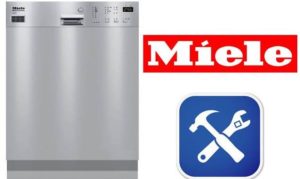 Miele dishwashers are not yet very common in Russia, at least not like Bosch, Indesit or Hansa. Most likely, the issue is a clearly inflated price, although we’ll leave this question to the marketers and let them find out. We are more interested in repairing Miele dishwashers. German-made Miele dishwashers themselves are assembled in Germany, so there is no doubt about the quality. But still, after a while, the machines break down, and these breakdowns are often the same for different users. Let's talk about them.
Miele dishwashers are not yet very common in Russia, at least not like Bosch, Indesit or Hansa. Most likely, the issue is a clearly inflated price, although we’ll leave this question to the marketers and let them find out. We are more interested in repairing Miele dishwashers. German-made Miele dishwashers themselves are assembled in Germany, so there is no doubt about the quality. But still, after a while, the machines break down, and these breakdowns are often the same for different users. Let's talk about them.
The most common symptoms of breakdowns
Like any other Miele dishwasher, anything can break, because it is a piece of equipment. However, the units of this dishwasher break down relatively rarely, because the manufacturer gives a separate guarantee of reliability for the engine, pump, valves, and sensors, and these elements are truly reliable, which is confirmed by both craftsmen and users.
A reasonable question arises: why does a dishwasher break down in the first place? There are many reasons, including improper operation and poor water quality, problems with the electrical network and wear and tear. What kind of breakdowns occur in this case, and what symptoms do such faults give rise to?
- Water is leaking from the Miele dishwasher.
- The water entering the dishwasher does not heat up to the required temperature or does not heat up at all.
- Miele dishwasher refuses to turn on.
- The machine stops working and displays an error code.
The dishwasher is leaking
Modern Miele dishwashers are equipped with a special leak protection system called Waterproof.This system protects the Miele dishwasher hose and the dishwasher itself from ruptures, fistulas, and water hammer. If the hose breaks, its outer shell will hold back the water pressure and the valve will operate, which will reliably shut off the water.
If a leak occurs somewhere in the dishwasher body, then water will inevitably flow into a special tray. This pan has a float with a sensor, as soon as water gets there, the float rises, the sensor is triggered, sending a signal to the solenoid valve which shuts off the water. In general, nothing special; the Waterproof system, in this sense, is very similar to the well-known Aquastop system.
For your information! The Waterproof, Aquastop, and Aquacontrol systems are similar in design and have the same function - to stop the leak.
The question arises: if a washing machine has a leak protection system, then why does it still leak?
- The inlet hose may be damaged or incorrectly installed where it connects to
 tee tap or dishwasher. Quite often, when installing a dishwasher, would-be craftsmen tighten the hose fastening, squeezing the gasket - as a result, the dishwasher begins to leak at the joints. The Waterproof system will not help in this case.
tee tap or dishwasher. Quite often, when installing a dishwasher, would-be craftsmen tighten the hose fastening, squeezing the gasket - as a result, the dishwasher begins to leak at the joints. The Waterproof system will not help in this case. - The pallet may be damaged. The tray with the Waterproof sensor in most Miele dishwasher models is plastic and, in fact, quite flimsy. Here, the manufacturers apparently saved on material, given that the machine can cost either $1,500 or $2,000. It often happens that the pallet is hit during transportation and it bursts, but the user will not pay attention to this, because the machine is working normally.Subsequently, after a while, a leak occurs, water enters the damaged pan, but cannot stay there, the float does not work and water flows onto the floor.
- The door does not close tightly. Accidental damage to or wear of the rubber seal around the door can cause a leak. When washing dishes, water will seep out from the cracks and sometimes fall into the pan, and sometimes onto the floor.
The above breakdowns are eliminated as follows. If the hose or Waterproof tray is damaged, replacing these elements will help. You can try to solder the pan with your own hands, but, as you understand, there will be no guarantees that it will withstand a leak. In the case of the door, you will need to change the rubber seal. This is done quickly and easily, the main thing is to find and purchase an original seal from Miele. If you want to know why else dishwasher leaking, read the article of the same name on our website.
The machine washes dishes with cold water
If the dishwasher stops heating the water, an experienced technician will immediately come up with a list of possible faults:
- heating element burned out;
- The triac on the control board responsible for the heating element burned out;
- The contacts of the heating element itself burned out.
This is, in general, not a complete, but correct list of the causes of the problem when it comes to any other dishwasher, but not the Mila. What we listed above happens with Miele dishwashers 1 time in 5000 breakdowns, in other words, very rarely. But what then causes the dishwasher to stop heating the water? There is only one reason - the thermistor has failed.
The thermistor (also known as temperature sensor) is the weak point of Miele dishwashers; for some reason these sensors “fly” on them most often. Experienced craftsmen already know this feature of Miele dishwashers and if they are faced with the fact that the machine does not heat the water, they immediately check this sensor. How to find, check and replace this sensor is described in detail in the article The water in the dishwasher does not heat up.
Note! You can easily change the thermistor yourself, and it is very inexpensive.
The machine refuses to turn on
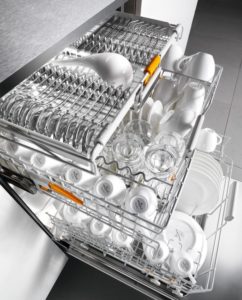 Repair of Miele dishwashers may be required when they refuse to turn on. We are talking about a situation when the dishwasher does not receive power at all and not a single indicator lights up, despite the fact that the power cord is connected to a working outlet and the on/off button is pressed. What malfunctions give rise to this symptom. Basically there is only one reason: the contacts of the on/off button are burnt (this happens quite rarely).
Repair of Miele dishwashers may be required when they refuse to turn on. We are talking about a situation when the dishwasher does not receive power at all and not a single indicator lights up, despite the fact that the power cord is connected to a working outlet and the on/off button is pressed. What malfunctions give rise to this symptom. Basically there is only one reason: the contacts of the on/off button are burnt (this happens quite rarely).
If problems arise with the on/off button, then you need to check it, make sure that it is the problem, and then replace it. Let's do the following.
- Open the dishwasher door to gain access to its interior.
- Unscrew the screws from the ends of the door and its interior.
- We disassemble the door, unscrew and disconnect the control board connectors.
- We take a voltmeter and measure the resistance of the contacts of the on/off button.
To begin with, you can try cleaning the contacts using a special composition for cleaning textolite boards, and then measure the resistance again. If the button is clearly faulty, you need to replace it with a similar one.
Important! When soldering parts of the control module board, be extremely careful not to damage the tracks, otherwise the board will have to be replaced, and this is very expensive.
The dishwasher gives an error code and stops
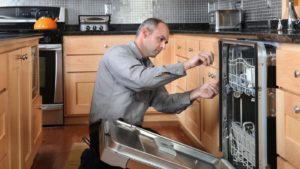 Miele brand dishwashers, like many others, have a self-diagnosis system. In some cases, the machine itself can find and identify the malfunction by issuing the corresponding error code. Using this code, it will be much easier for the user or technician to find the problem. Most often the machine produces the following errors:
Miele brand dishwashers, like many others, have a self-diagnosis system. In some cases, the machine itself can find and identify the malfunction by issuing the corresponding error code. Using this code, it will be much easier for the user or technician to find the problem. Most often the machine produces the following errors:
- F01, F02 – thermistor is faulty;
- F11, F12 – there were problems with water supply;
- F13, F14 – pressure switch is faulty.
If the control module generates any of these errors, it stops the dishwasher from operating until the problem that caused the error is corrected. The main thing is to correctly identify the error and determine how best to eliminate it, and in this case, the help of a qualified technician may well be required.
In conclusion, we note that German Miele dishwashers are very, very reliable, but troubles can also occur with them in the form of breakdowns of various natures. In this article, we reviewed the symptoms of these breakdowns, the malfunctions that these symptoms cause and how to eliminate them.
Interesting:
Reader comments
- Share your opinion - leave a comment


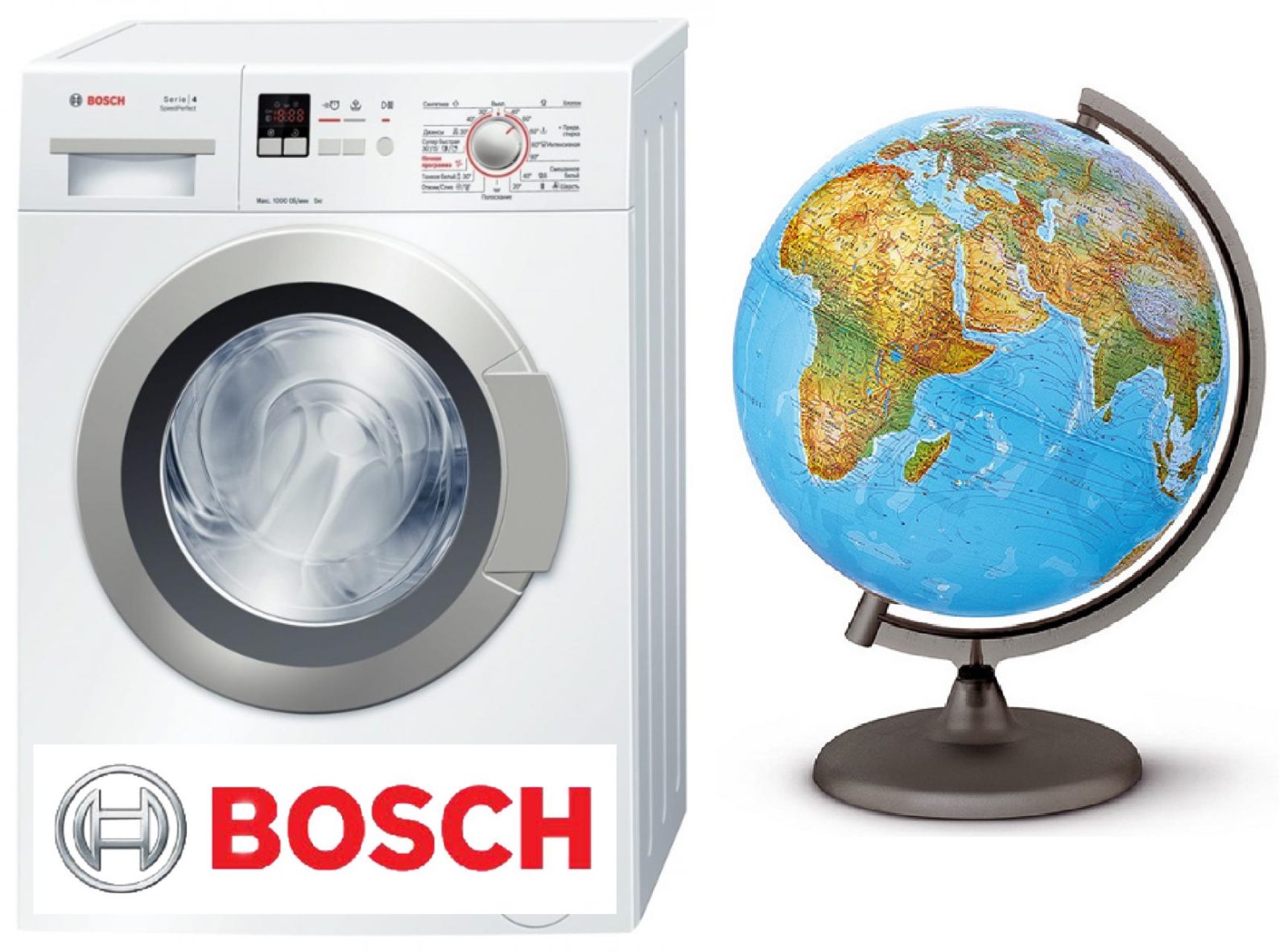
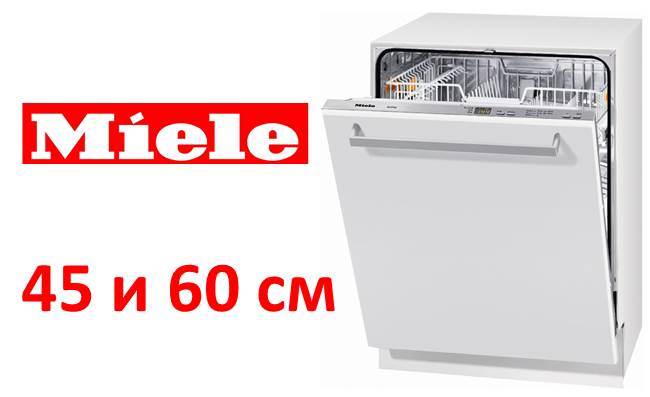
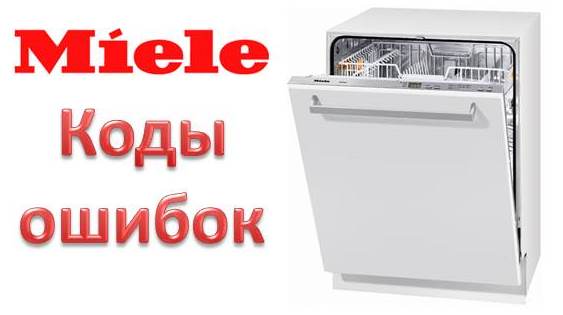
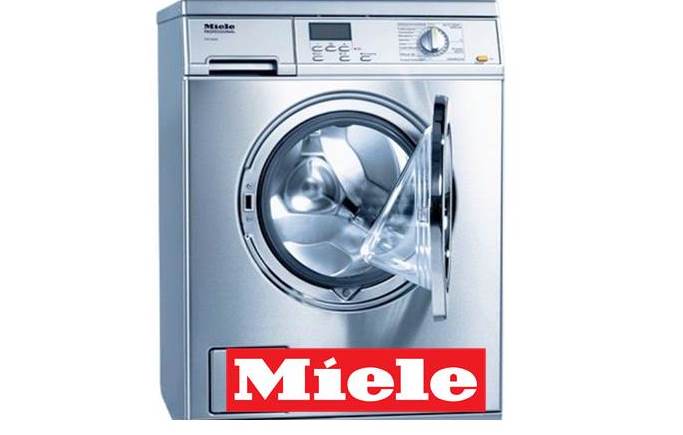















Add a comment